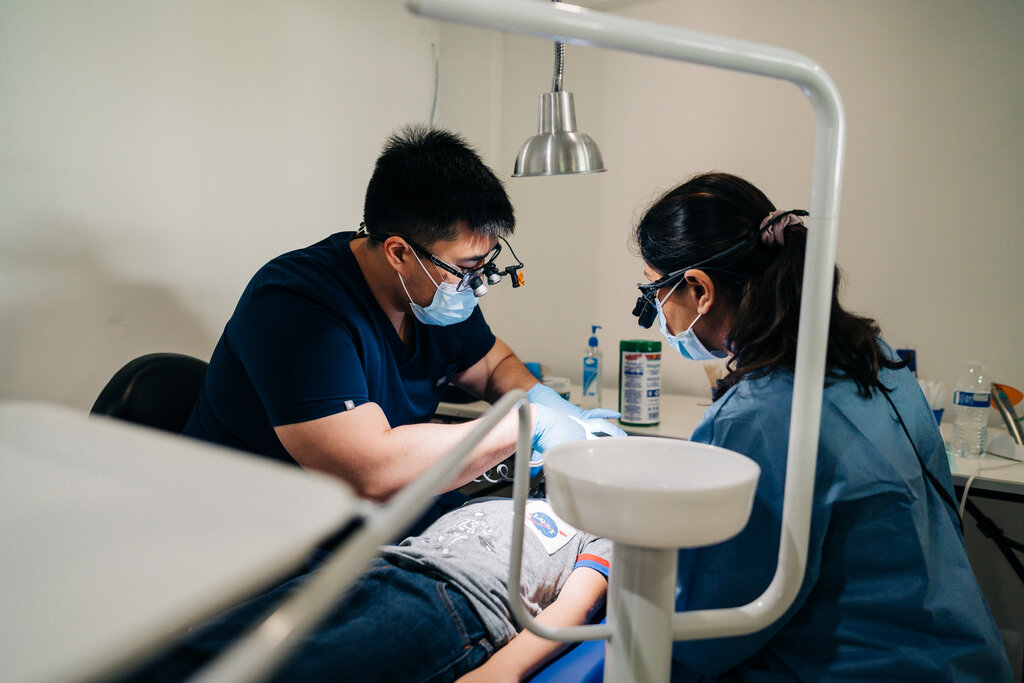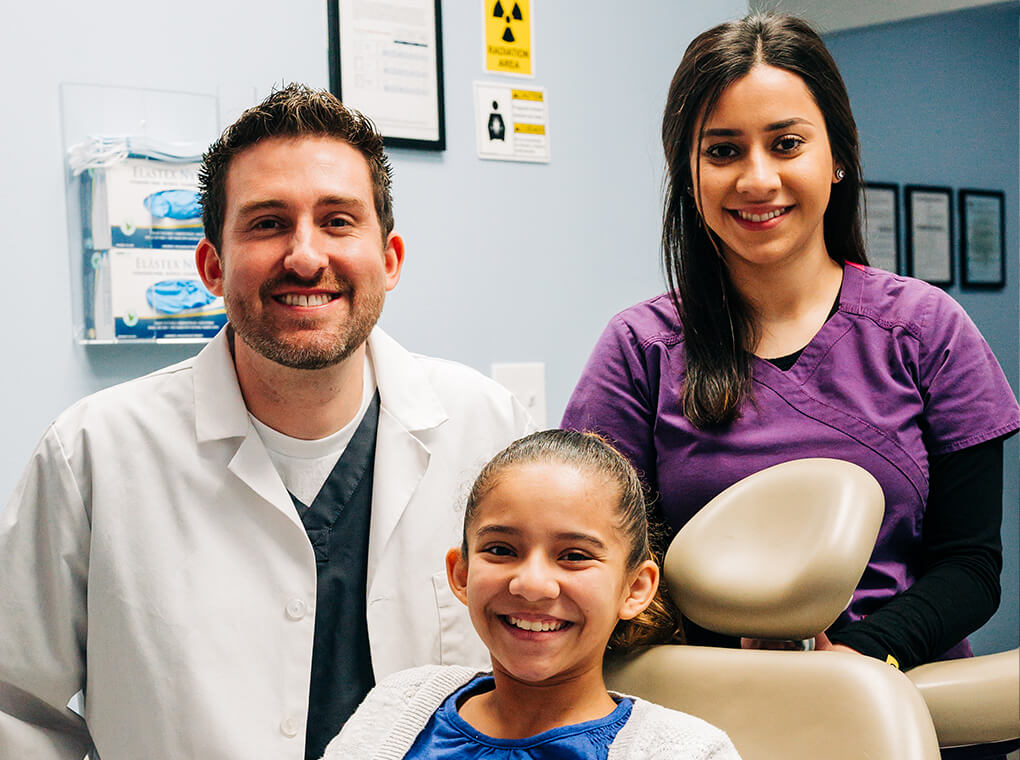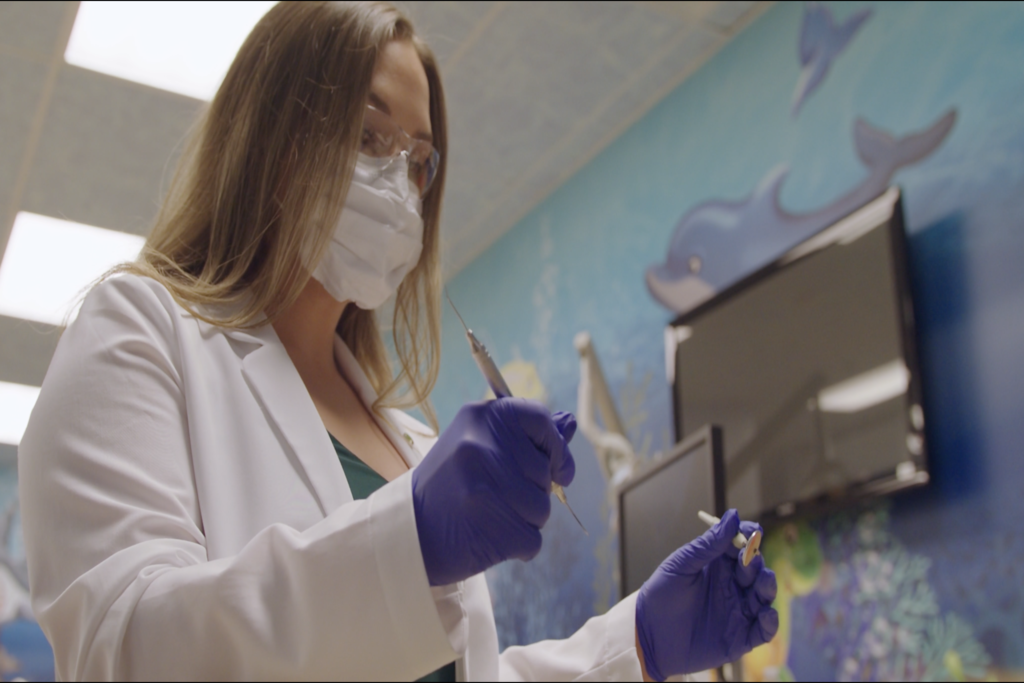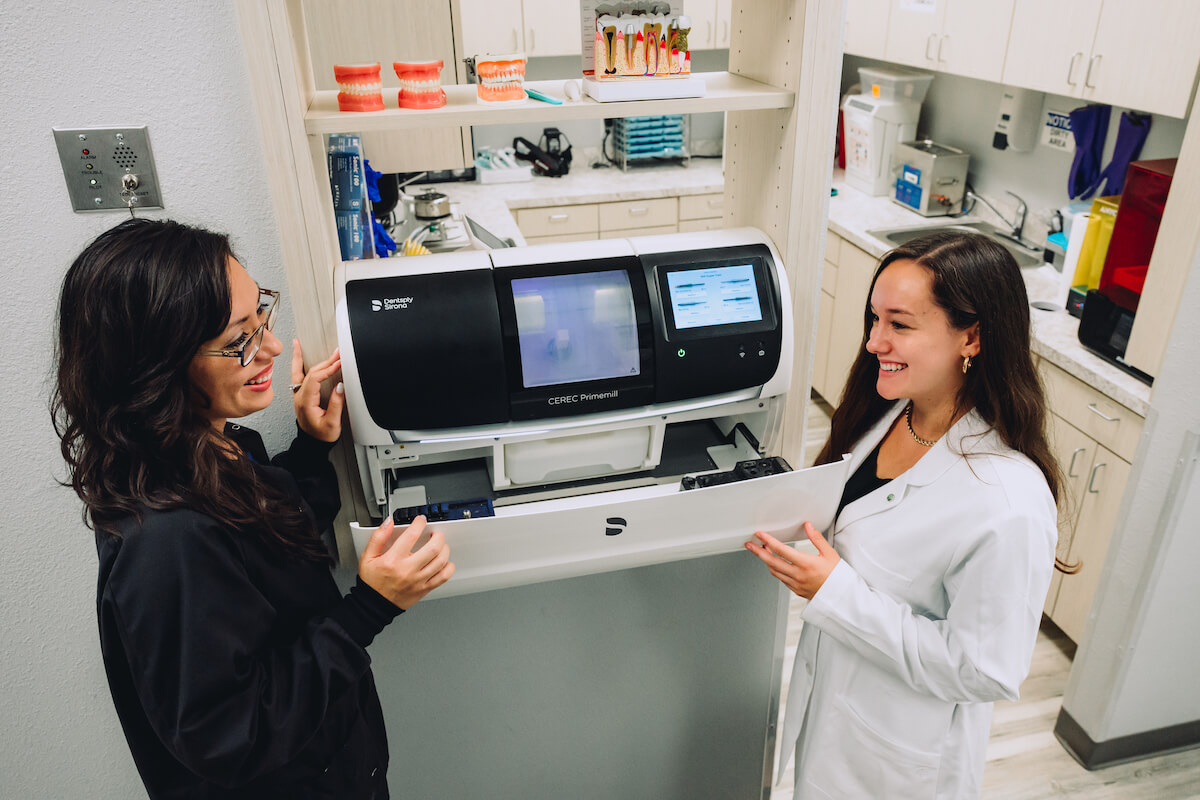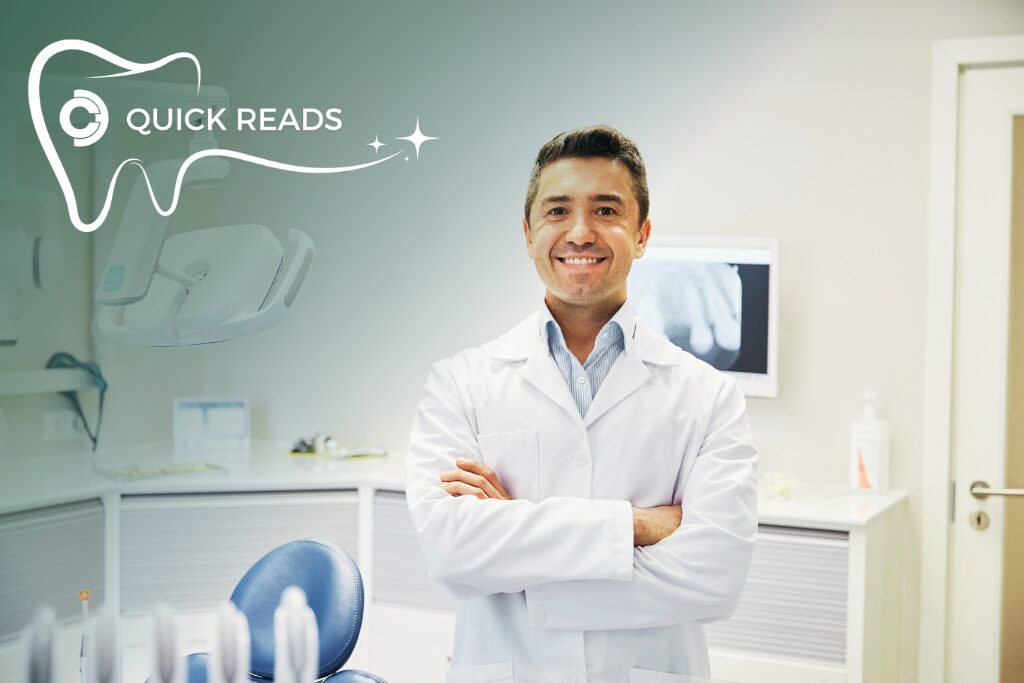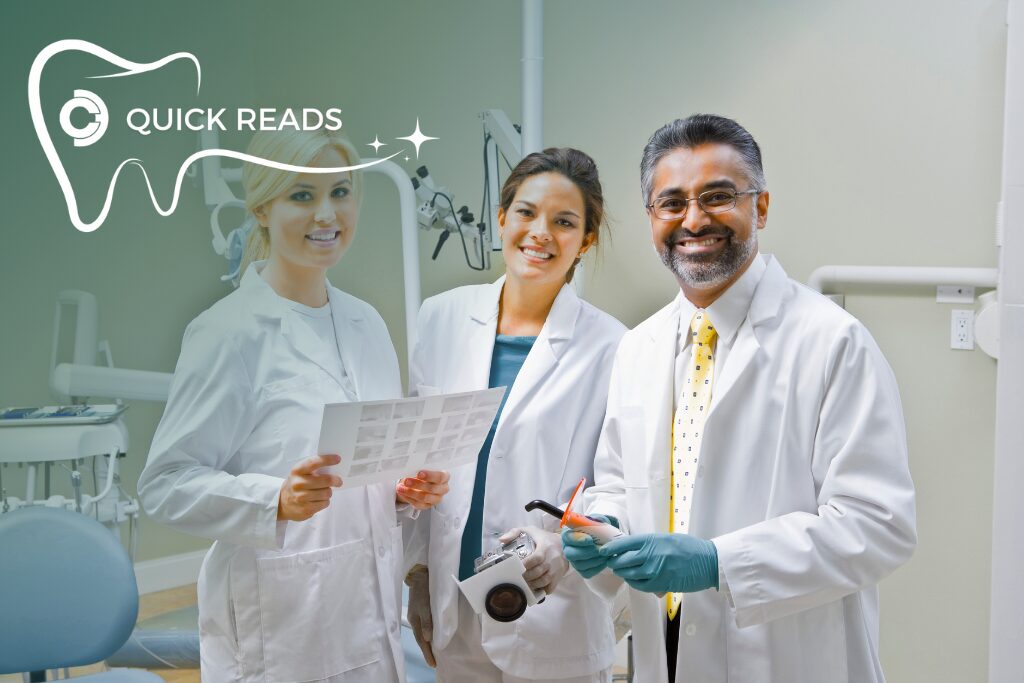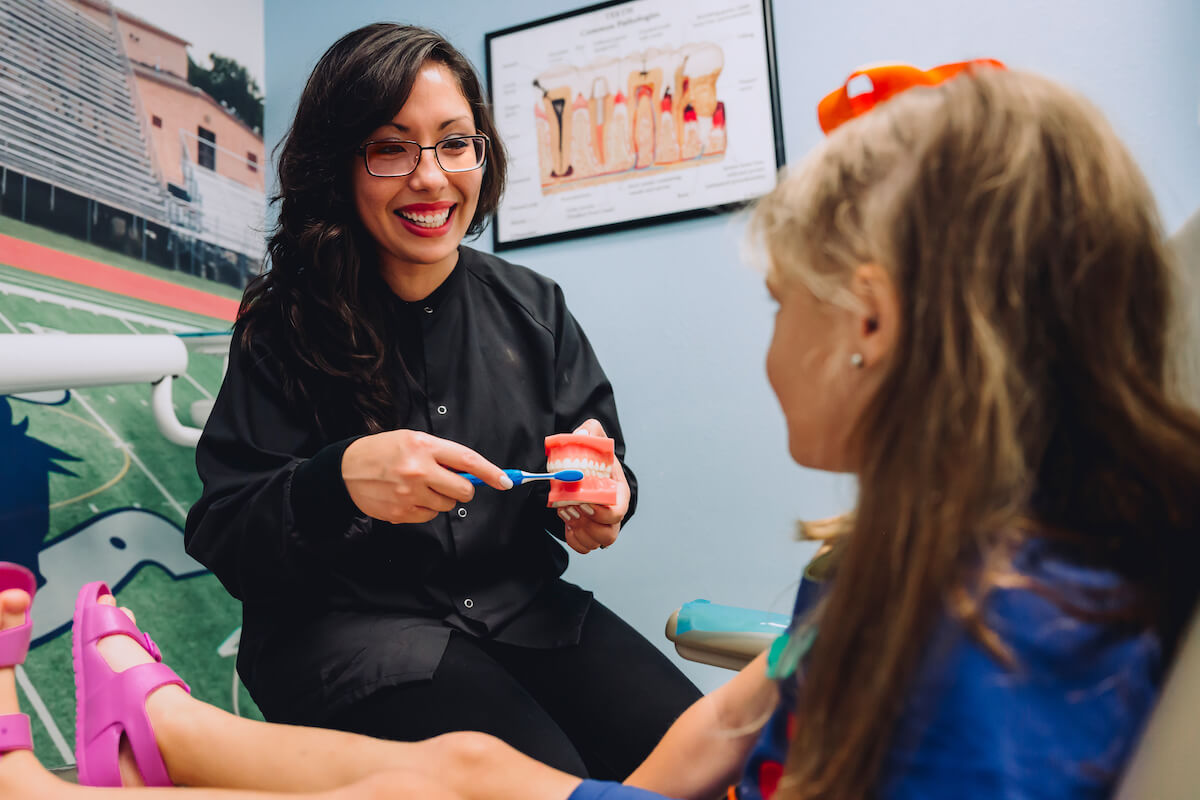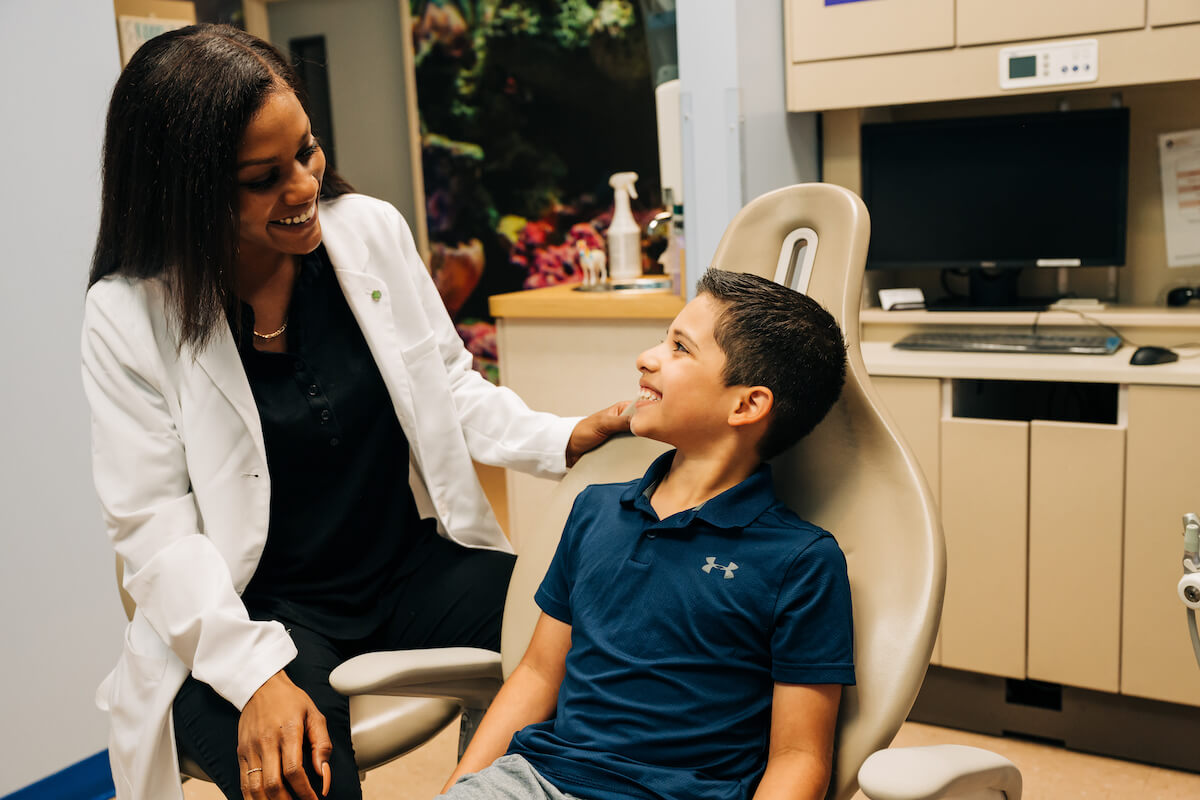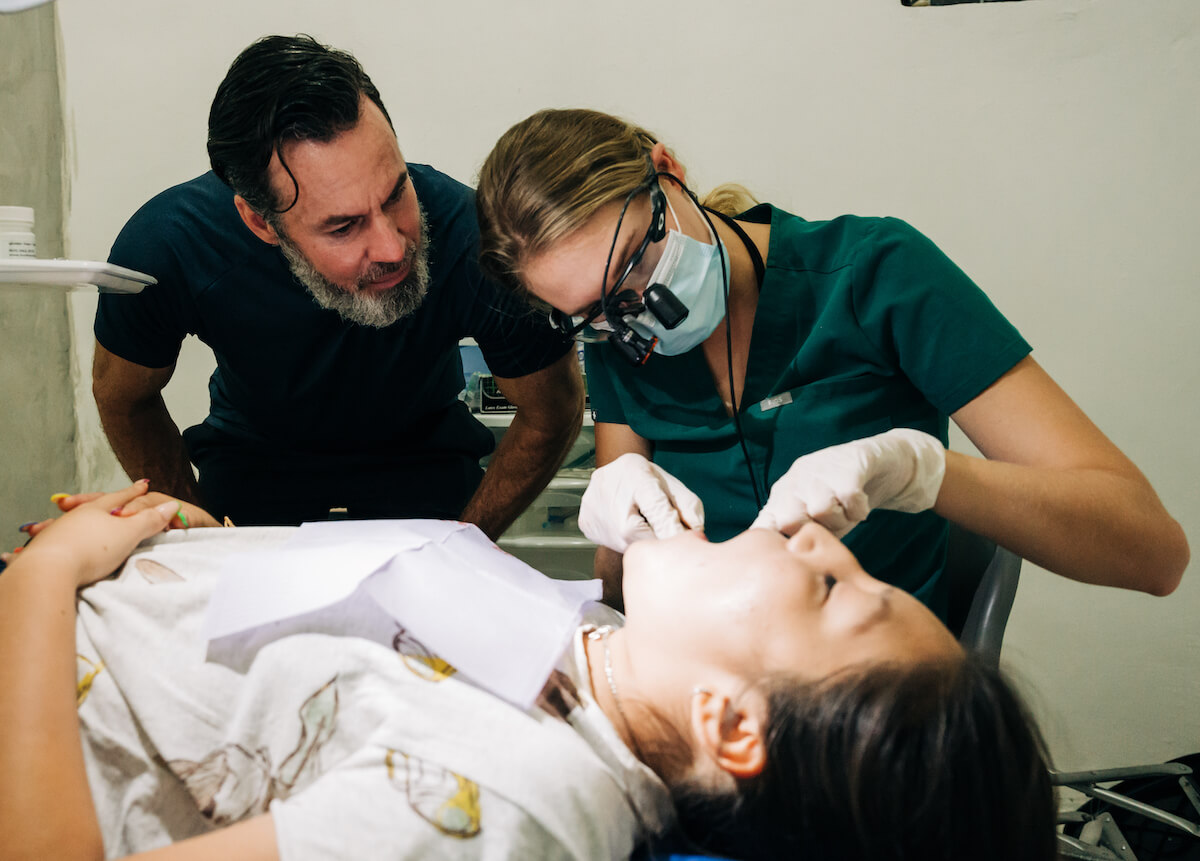
Around D3 or D4, most dental students plan their next steps after graduation. You must build your confidence and competence and make those intimidating first steps out of the school environment and into your career. Many students are aware of post-doctoral training and residency programs but may not know much about them or whether they will genuinely benefit from joining one. As you plan your next steps after dental school, decide which is your best option: AEGD vs. GPR vs. learning on the job.
AEGD vs. GPR: What Is the Difference?
While we’re confident you know what learning on the job entails, you may need more details about AEGD and GPR programs. It can be challenging to differentiate between the two and even harder to determine whether they’re right for you.
An Advanced Education in General Dentistry (AEGD) program is typically similar to an extension of your dental school clinical practice, with more patients and less supervision. These programs usually follow a sequential, planned curriculum for recent grads to enhance their skills. AEGDs are usually one-year programs, but some may extend to two years and focus primarily on clinical dentistry for general practitioners.
A General Practice Residency Program (GPR) typically takes place primarily in a hospital setting. Again, the majority last one year, but some cover two years. Students who elect a GPR will likely see more emergencies and focus on building skills outside the usual scope of general dentistry, such as endo, implant placement, tissue grafting, and third molar extractions.
However, the differences between the two program types have been shifting in recent years. Many AEGD programs are now hospital-based, and dental schools have GPR programs. If you are looking into these options, don’t get too hung up on the program title, but focus on the details of what the specific program offers and how it is run.
What Are the Benefits of Learning on the Job vs. Joining a Postdoc Training Program?
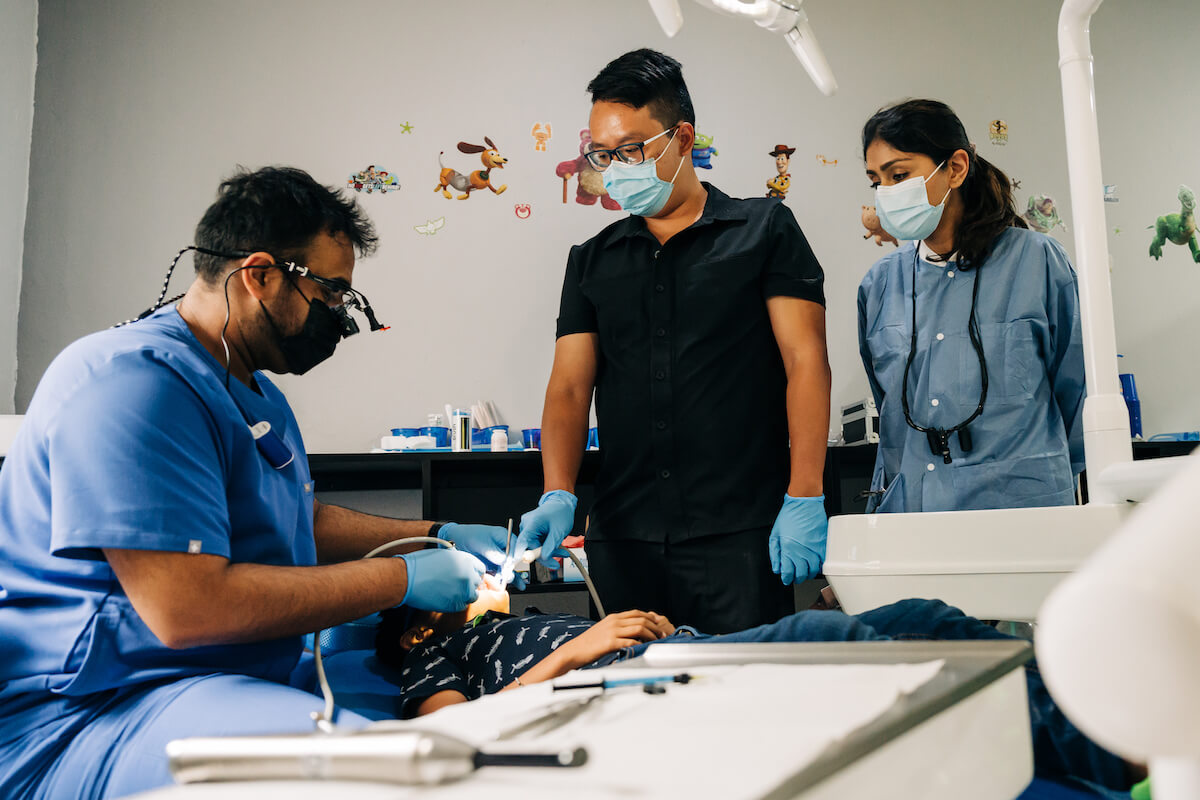
The primary benefit of going straight into practice versus joining a post-doctoral training program is salary. With student loan costs soaring, you may not want to spend an extra year or two in school. While most GPR and AEGD programs offer a stipend, it will be less than you would make as an associate dentist.
AEGDs, GPRs, and learning on the job at a great practice offer recent grads the opportunity to practice at volume with a coach actively overseeing treatments. Just like any new skill, you will make mistakes at first. Active mentorship can be a real benefit for those first uncertain steps into your practice because there will be someone there to guide you when things go wrong. Post-doctoral training programs are not the only way to get that mentorship!
However, be sure that the post-doctoral training program you’re considering offers active, ongoing mentorship. Please do your due diligence when researching these programs and look at them with a critical eye. Try to contact current or past residents and learn about their experiences. Don’t settle for a substandard program!
On the other hand, joining a practice with an established mentorship program like CDP can ensure that you will have a team of experienced coaches behind you every step of the way. Ideally, learning on the job means precisely that: learning. With an excellent support structure, you can start your career as soon as you graduate and still benefit from the guidance of experienced doctors.

What About Expanding Your Scope of Practice?
One of the big draws for post-doc training programs, and especially hospital-based programs, is the potential to gain experience focusing on medical management rather than solely on clinical dentistry. These programs frequently see dental residents through many rotations, including surgical, orofacial, general medical, and even anesthesiology.
While these can undoubtedly be profound experiences, ask yourself if they will serve you in your desired career trajectory. If you feel the drive toward specialization, working in a trauma setting, or focusing on medically compromised or developmentally disabled patients, these hospital experiences can be valuable.
On the other hand, AEGDs and GPRs are not the only way to learn or gain expanded experience. It is possible to skip the ER experience and still understand expanded scope of practice. After all, it’s great to have a variety of backgrounds, but you will want to evaluate the increased debt amount you will accumulate versus the jump start to your career and on-the-job training. Consider learning your workflow first, then decide what direction to expand into.
Opting out of an AEGD or GPR does not mean you’re stuck with a narrow scope of practice. For those who elect to skip the training program, CEs offer a path to expanded practice. CDP invests in continuing education for our doctors so that you can continue to develop and expand your skill set. You will decide the techniques you’re interested in learning rather than having everything thrown at you.
CDP also offers humanitarian outreach missions, allowing for profound learning outside your usual clinical environment. Our outreach missions will allow you to change lives for people who genuinely need your skills and give you some of that urgent care experience.
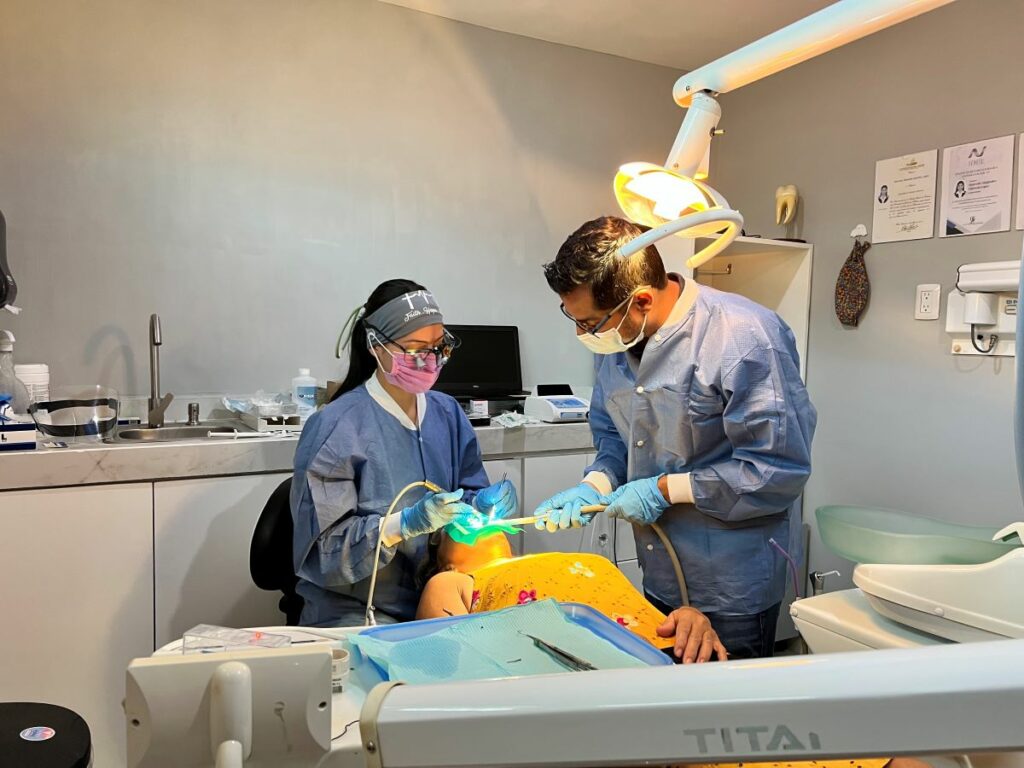
AEGD vs. GPR vs. Learning on the Job: How to Decide Which Is the Right Fit for You
It can be difficult to decide your first steps out of school. AEGD and GPR programs may be tempting because it’s almost halfway between school and starting your career in earnest. Finding a great position where you will have active guidance at the beginning of your dental career is essential. A post-doctoral training program only sometimes guarantees great mentorship.
You can find the best of both worlds! Community Dental Partners has intentionally designed our onboarding program to do just that. Why not start your career with an excellent salary, benefits, and the support of our entire team? No matter your path, ensure you have all the information you need to make an informed decision. Schedule a call with a Hiring Manager to find out more about learning on the job with CDP.


